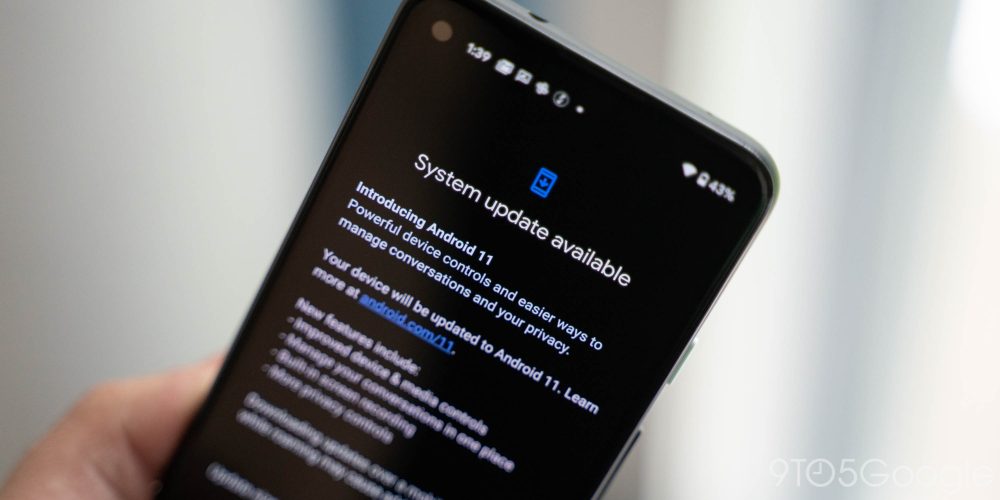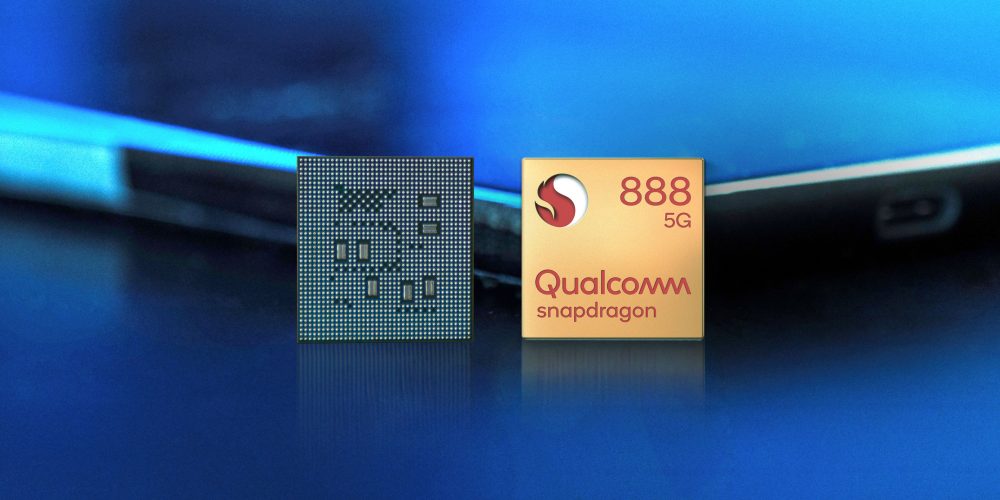This week we exclusively reported that the upcoming Google Pixel 6 would be the first smartphone from the company running on a custom-designed chipset currently know as “Whitechapel.” The move has major implications for the Pixel lineup as a whole, but why is Google doing it in the first place? Let’s take a look at the potential pros and cons.
First things first, it’s incredibly important to note that, right now, this all remains speculation. What we know about “Whitechapel” is very limited at this point in time. What’s been reported, though, gives us a better picture.
What do we know about Whitechapel?
A report from Axios is what first put Whitechapel on the map. That report claimed the chip was designed by Google but, to some capacity, had input from Samsung. Apparently, Samsung would also be tasked with producing the chip as well. As far as the specs go, there’s not much to go on yet aside from this being an 8-core ARM design. The original report also mentioned that Whitechapel would have a “dedicated portion” designed to improve the performance of Google Assistant specifically in an “always-on” capacity.
At the moment, that’s all we know about this chip. However, there’s a lot we can speculate on.
What does Pixel 6 stand to gain from Whitechapel?
The big question about Whitechapel is what the advantage is. After all, Qualcomm Snapdragon chips are used in millions upon millions of Android phones each year and they just keep getting better, especially now that more cost tiers are made widely available. There are a few key areas Google could benefit from its own chip, though.
First, there’s what the original report mentioned — optimizing the chip for specific tasks. This is an effort Google’s Pixel phones are actually no stranger to. The Pixel 2 series saw the debut of a Google chip known as the “Pixel Visual Core.” That custom chip was designed to speed up the AI-heavy processing of pictures taken on Pixel, as well as enabling those processes in third-party apps. The chip wasn’t present in Pixel 3a, 4a, 5, or 4a 5G and, while it didn’t really break the experience, the speed of processing was definitely noticeable. The Pixel 4 and 4 XL introduced an upgrade to this chip, the “Pixel Neural Core” which was said to improve Google Assistant speed. Another custom design in Pixel phones is the Titan M, a security chip used to strengthen encryption and store data such as biometrics. With a custom-made chip, Google could, in theory, bring all of that into one chip.
Google could also benefit from Whitechapel in the Pixel 6 with long-term software support. As it stands today, Pixel phones that run on Qualcomm chips only get three years of updates. Not awful, but pretty disappointing compared to iPhones, which get six or seven. A huge part of the reason that Pixels don’t get even longer support is because of Qualcomm. Google worked with Qualcomm to bring future chips up to four years of support, but that still leaves a tough situation for Android OEMs who may want to go past three or four years, but can’t reasonably do so because of Qualcomm’s support timeline.

One more potential way that ditching Qualcomm could help the Pixel is cost. There are too many unknowns to say anything remotely definitive, but a custom chip could bring a more affordable cost for Google versus buying from Qualcomm. This could mean the Pixel 6 may have better performance than the Pixel 5, which used a second-tier Snapdragon 765G in contrast to Samsung, OnePlus, and other flagships with the Snapdragon 865. If the cost is low enough, too, that chip could show up in Google’s cheaper Pixel phones. One potential roadblock, though, could be the scale of Google’s production. Pixels don’t sell in huge numbers, so costs are, proportionally, likely higher.
What are potential downsides?
There are probably many other upsides to Whitechapel in the Pixel 6, but what about the potential problems?
For one, there’s raw performance. Google seems to be working with Samsung on its design, which is good, but Samsung’s own Exynos chips are notorious for lagging well behind their Qualcomm counterparts. Given Qualcomm’s expertise, it seems highly unlikely that Google could match Snapdragon in terms of performance. That may be a downside to many, but as mentioned, in a perfect situation Google could find a middle ground that sees lower performance compared to the Snapdragon 800-series chips, but keeps costs similar to the Snapdragon 700-series.

On a similar note, switching away from the established “normal” could result in compatibility issues with Android apps and more. Again, there’s far too much that we don’t know about this chip to even begin to speculate on what these issues may be, but the potential is certainly there.
There’s also the elephant in the room. After five generations of Pixel, Google has shown it might not actually be that great at hardware. The company’s track record has seen less than stellar quality control and bugs galore. Pixel 3 had a laundry list of hardware problems and Google even had to issue better warranties follow launch issues with Pixel 2. This is something important to keep in mind as Google produces its own chips, as they’re putting an additional and core component of the device further under their control.
Are you excited for Google’s custom chips?
There’s so much we don’t know at this point about custom Google chipsets. They could be awesome, they could fail completely. It’s all up in the air right now. But what’s exciting is the potential. Google is doing something that no other (relevant) Android maker is doing. Samsung makes its own chips, but they don’t use them across the globe. And Huawei, another Android OEM that has its own chip designs, is going downhill fast.
Qualcomm and MediaTek essentially have a duopoly for chipsets on Android. Whitechapel in the Pixel 6 won’t change that, and even if/when Google fully adopts Whitechapel in the rest of the Pixel line, the sales numbers of Pixel still won’t change that. But it’s the potential that’s exciting.
FTC: We use income earning auto affiliate links. More.
Check out 9to5Google on YouTube for more news:
Article From & Read More ( Weighing the potential pros and cons of Pixel 6 ditching Qualcomm for ‘Whitechapel’ - 9to5Google )https://ift.tt/3sPzJXt
Technology
Bagikan Berita Ini














0 Response to "Weighing the potential pros and cons of Pixel 6 ditching Qualcomm for ‘Whitechapel’ - 9to5Google"
Post a Comment